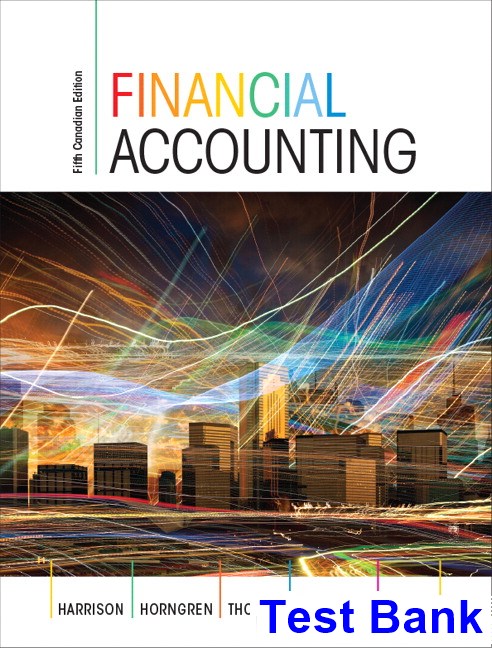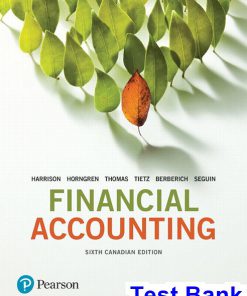This text is designed to provide students with the best tools and resources to understand accounting. Financial Accounting introduces the financial statements and the conceptual framework that underlies them in Chapter 1, and builds on this foundation throughout the remaining 12 chapters. The concepts and procedures that form the accounting cycle are also described and illustrated early in the text (chapters 2 and 3) and are then applied consistently in the chapters that follow.
By introducing financial accounting’s most critical concepts and procedures early in the book and then repeatedly applying them in the context of new material in later chapters, students will finish the textbook with a sound grasp of introductory financial accounting principles.
Table contents:
1 The Financial Statements
2 Recording Business Transactions
3 Accrual Accounting and the Financial Statements
4 Cash and Receivables
5 Inventory and Cost of Goods Sold
6 Property, Plant, and Equipment, and Intangible Assets
7 Liabilities
8 Shareholders’ Equity
9 The Statement of Cash Flows
10 Financial Statement Analysis













